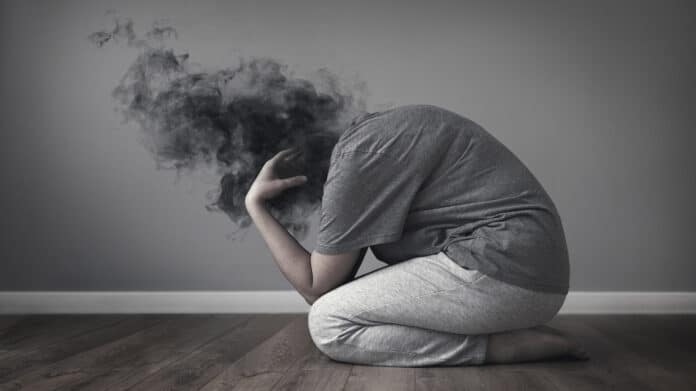Cognitive deficits in depression have been associated with poor functional capacity, frontal neural circuit dysfunction, and a worse response to conventional antidepressants. However, it is not known whether these impairments combine to identify a specific cognitive subgroup (or “biotype”) of individuals with major depressive disorder (MDD) and the extent to which these impairments mediate antidepressant outcomes.
According to a study by scientists at Stanford Medicine, 27% of sad individuals fall into the cognitive biotype category of depression, which is not adequately treated by routinely prescribed antidepressants.
The study’s senior author, Leanne Williams, Ph.D., said, “One of the big challenges is to find a new way to address what is currently a trial-and-error process so that more people can get better sooner. Bringing in these objective cognitive measures like imaging will make sure we’re not using the same treatment on every patient.”
In the study, 1,008 adults with previously untreated major depressive disorder were randomly assigned to receive one of three commonly prescribed typical antidepressants: venlafaxine-XR (Effexor), which acts on both norepinephrine and serotonin, as well as escitalopram (brand name Lexapro), sertraline (Zoloft), or both. One thousand seven hundred and twelve individuals finished the eight-week program.
Two surveys, one conducted by a doctor and the other a self-assessment that asks about changes in eating and sleeping patterns, were used to compare the participants’ depression symptoms before and after antidepressant medication. Additionally, quality of life and social and occupational performance measurements were kept track of.
Additionally, the participants underwent a battery of cognitive assessments, including tasks for verbal memory, working memory, decision-making speed, and sustained attention.
The “GoNoGo” task, which demands participants to press a button as soon as possible when they see “Go” in green and not press when they see “NoGo” in red, was used to scan 96 of the individuals before treatment using functional magnetic resonance imaging.
By monitoring variations in blood oxygen levels, the fMRI could track neuronal activity, which revealed activity levels in various brain regions correlating to Go or NoGo responses. The photos of the participants were then contrasted with those of people who were not depressed.
According to the study’s findings, 27% of the participants had more pronounced signs of cognitive slowness and sleeplessness, poor cognitive performance on behavioral tests, and decreased activity in specific frontal brain regions, which the researchers called the cognitive biotype.
Laura Hack, MD, Ph.D., the study’s lead author and assistant professor of psychiatry and behavioral sciences, said, “This study is crucial because psychiatrists have few measurement tools for depression to help make treatment decisions. It’s mostly making observations and self-report measures. Imaging while performing cognitive tasks is rather novel in depression treatment studies.”
Pre-treatment fMRI revealed that participants with the cognitive biotype had significantly lower activity levels during the GoNoGo task in the dorsolateral prefrontal cortex and dorsal anterior cingulate regions than participants without the cognitive biotype. Together, the two areas make up the cognitive control circuit, which is in charge of, among other things, restricting unwarranted or irrelevant thoughts and responses and enhancing goal selection.
The absence of all symptoms of depression was shown to have a 38.8% overall remission rate for participants with the newly discovered biotype and a 47.7% rate for those without it following treatment with the three antidepressants, according to the study’s findings. Sertraline’s remission rates for those with and without the biotype were 35.9% and 50%, respectively, making this difference particularly noticeable.
Williams said, “Depression presents in different ways in different people, but finding commonalities — like similar profiles of brain function — helps medical professionals effectively treat participants by individualizing care.”
Scientists noted, “Behavior measurement and imaging could help diagnose depression biotypes and lead to better treatment. Patients could complete a survey on their computer or in the doctor’s office. If they are found to display a certain biotype, they might be referred to imaging for confirmation before undergoing treatment.”
Scientists are studying another medication guanfacine — that specifically targets the dorsolateral prefrontal cortex region with support from Stanford University Innovative Medicines Accelerator. They believe this treatment could be more effective for patients with the cognitive subtype.
Journal Reference:
- Laura M. Hack, Leonardo Tozzi, Samantha Zenteno, et al. A Cognitive Biotype of Depression and Symptoms, Behavior Measures, Neural Circuits, and Differential Treatment Outcomes. JAMA Network Open. DOI: 10.1001/jamanetworkopen.2023.18411
